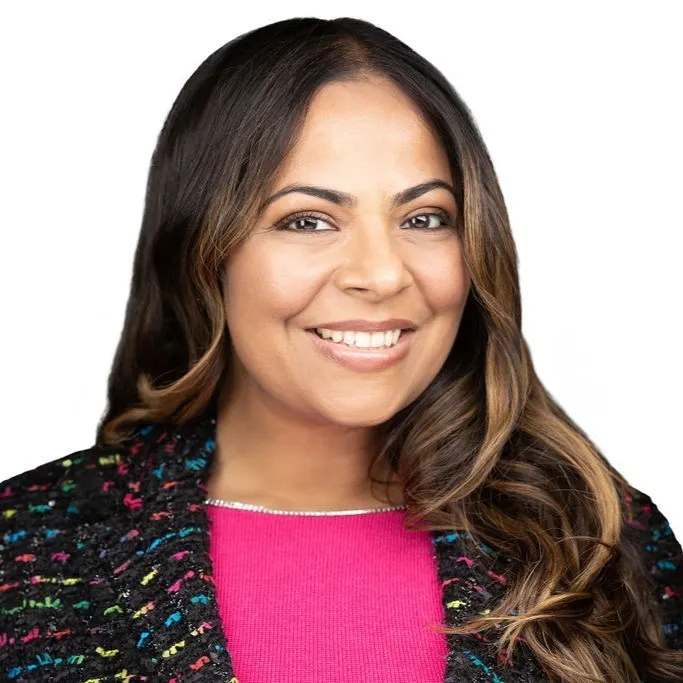In a landmark decision on June 5, the U.S. Supreme Court in Ames v. Ohio Department of Youth Services struck down the Sixth Circuit’s “background circumstances” rule, leveling the playing field for Title VII discrimination claims by now allowing all employees — regardless of their majority or minority status — to face the same evidentiary standard.
For CFOs, this ruling signals heightened litigation risks and a need to consult with human resource leaders about hiring practices and potentially politically driven narratives being woven into corporate goals and messaging. In this collaboration, it’s not just about a need for robust compliance strategies, but also an opportunity to assess the politicization of leadership and the organization’s workforce.
As companies face potential increases in lawsuits from majority-group employees who may have fallen victim to race, gender or sexual orientation based-discrimination in the name of a corporate DEI policy, financial leaders may have to reassess budgets for legal reserves, audit the contents of DEI programs in risk mitigation efforts and conduct workforce and pay equity audits to safeguard against costly claims and reputational damage.
The case and decision
The case goes as follows: Marlean Ames was hired in 2004 by the Ohio Department of Youth Services as an executive secretary and was later promoted to a program administrator. In 2019, she applied for a management position but was denied in favor of a lesbian woman. Shortly after, she was demoted to her original secretarial role with a pay cut, and a gay man was hired as program administrator.
In response, Ames filed a lawsuit under Title VII, alleging discrimination based on her sexual orientation. The issue at hand with Ames, who is a heterosexual white woman, was whether Title VII plaintiffs who are members of majority groups (e.g., heterosexuals and white people) must meet a heightened evidentiary standard, specifically the Sixth Circuit’s “background circumstances” rule, to establish a prima facie case of discrimination under the McDonnell Douglas legal framework.

After multiple appeals to decisions requiring Ames to show a higher level of evidentiary standard, the U.S. Supreme Court sided with Ames and has now unanimously agreed to repeal this extra burden of proof from what previously was determined as a “majority” status. Legal experts now say this opens the door to new risk for CFOs.
“In the Ames case, the Supreme Court unanimously held that the legal standard for an employee to bring a discrimination lawsuit against their employer is the same, whether or not the employee is a member of a majority group or in the minority,” said Julie Levinson Werner, partner and vice chair of employment at Lowenstein Sandler.
“Previously, many courts around the country held that majority group plaintiffs, such as white men, had to also show ‘background circumstances’ that the employer was the unusual employer that discriminated against the majority,” Werner continued. “Now, based upon the Court’s decision, there is no longer the concept of a ‘reverse discrimination’ case, and any employee can sue their employer if they believe they have been subject to discrimination based upon their race, gender, ethnicity, etc.”
DEI in finance and depoliticizing merit
Jasmine Ahmed, who has held multiple roles in global financial leadership and now provides fractional CFO services, said that, regardless of guidance, finance teams who are unintentionally diverse, in her experience, have always performed better. However, she says the politicization of the issue around DEI has drawn attention away from addressing challenges and into an attack on merit. Having a merit-based professional approach that comes with hard work and grit, she says, are core fundamentals of working and growing careers in corporate finance.

“If you ask any hiring manager, ‘If you had complete autonomy, what would you want?’ it doesn’t matter if it’s in finance or not — the answer is always the same,” Ahmed said. “I’ve never met anyone who says, ‘I want to hire someone underqualified.’ What do we hear instead? ‘I want the best person for the job’ because when the best person does the job, life is easier.”
Ahmed said this is a core component of finding talent in finance, and using merit as an indicator of talent shouldn’t be a political issue. “That basic idea isn’t political,” she said, “it’s rooted in qualifications, skills, experience and mindset. Those are the components of merit.”
Ahmed said finance leaders can take steps to proactively work against ideas of race or sexuality playing a role in growth at their organizations by making sure merit and skill sets are the groundwork for talent evaluation.
“If you look at my track record, go research who’s been on my teams, you’ll see a pattern,” Ahmed said. “Not only were they high-performing, they were also diverse. But that wasn’t by design. It came from a culture that promotes merit.”
She said she rejected traditional hiring tactics she saw in her career as part of this strategy. “What was different [with my teams] is I didn’t allow nepotism,” she said. “I made talent development a priority for everyone. It wasn’t just about performance, it was about developing people and holding managers accountable for doing the same. When you do that, you naturally build a strong, diverse bench.”
When asked if she’s ever seen a DEI policy in her experience that wasn’t about box checking or politics, Ahmed candidly explained that she has not. “Unfortunately, no,” she said. “Around the time of COVID and Black Lives Matter, DEI was the hot topic. What did we do? We started filling roles with either African Americans or white women, and at the time, I thought, hold on, DEI isn’t about checking a box or meeting quotas.”
She went on to explain how the narrative around DEI in the CFO community is now being tackled as a labor issue, a challenge that has been talked about for years. “I go to conferences and hear the same thing: ‘Talent is our big issue.’ And I ask, ‘What are you doing about it?’ We’ve been talking about the problem for years, but we don’t take action.”
The next steps and impact on culture
For those who are building careers around the industry of DEI policies and their incorporation into the workforce, the court’s ruling creates a new challenge. However, for Sheryl Daija, CEO of BRIDGE, a DEI and action-oriented, member-driven 501c6 trade group for the global marketing industry, the ruling is a portrayal of “civil rights protections as preferential treatment.”

“By eliminating the ‘background circumstances’ standard, the Court has made it easier for majority-group plaintiffs to bring discrimination claims without addressing the ongoing structural barriers that underrepresented communities continue to face,” said Daija. “The concurrence by Justices [Clarence] Thomas and [Neil] Gorsuch reveals the deeper motive: a sustained campaign to discredit DEI.”
Daija went on to connect the language used by the justices in the concurring opinion to a political narrative against DEI policies. “Their language [that is] citing briefs that call DEI an ‘obsession’ that causes ‘overt discrimination’ against majority groups signals hostility toward the very initiatives designed to correct long-standing inequities,” she said.
Ahmed said organizations will likely follow one of two paths. “One will ignore these issues, avoid the politics and take no real action, and they’ll be blindsided,” she said. “Their risk profile will go up, their teams will underperform, their innovation will stall.”
She said the second group will take a more strategic approach and be much better off. “They’ll focus on solving the root problem, building strong, inclusive and high-performing talent for the future. If you solve for that, many of the risks and challenges will work themselves out over time.”
Though she said this is seldom done in organizations she’s familiar with, decisions like this — legal catalysts that come with a potential risk to the organizational growth projections — are sometimes what’s needed to kick things into gear in a new direction.
“Culture is the hardest thing to change,” she said. “I always tell clients, transformation is simple if you get the mindset right. With the right culture, people behave well even when no one’s watching. You don’t need as many rules, and everything becomes easier, but culture is also the one thing most executives don’t invest in seriously.”





